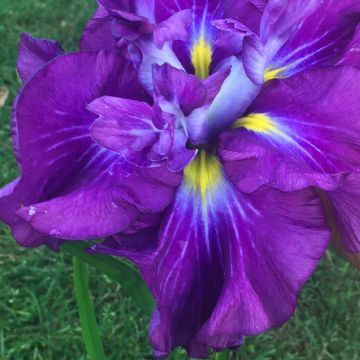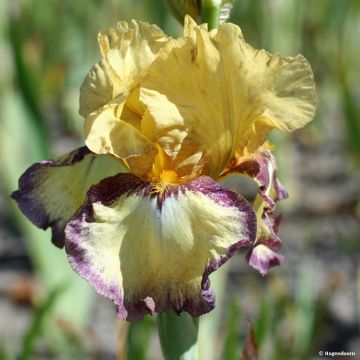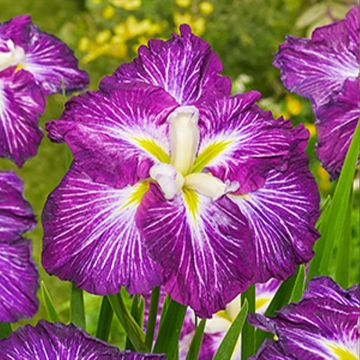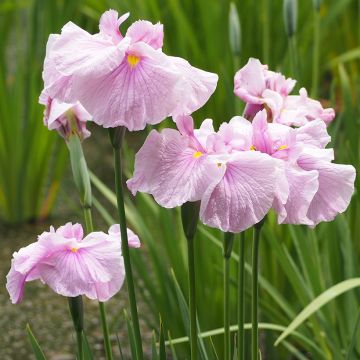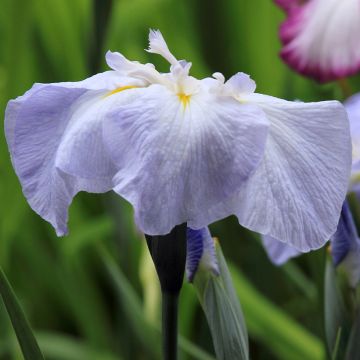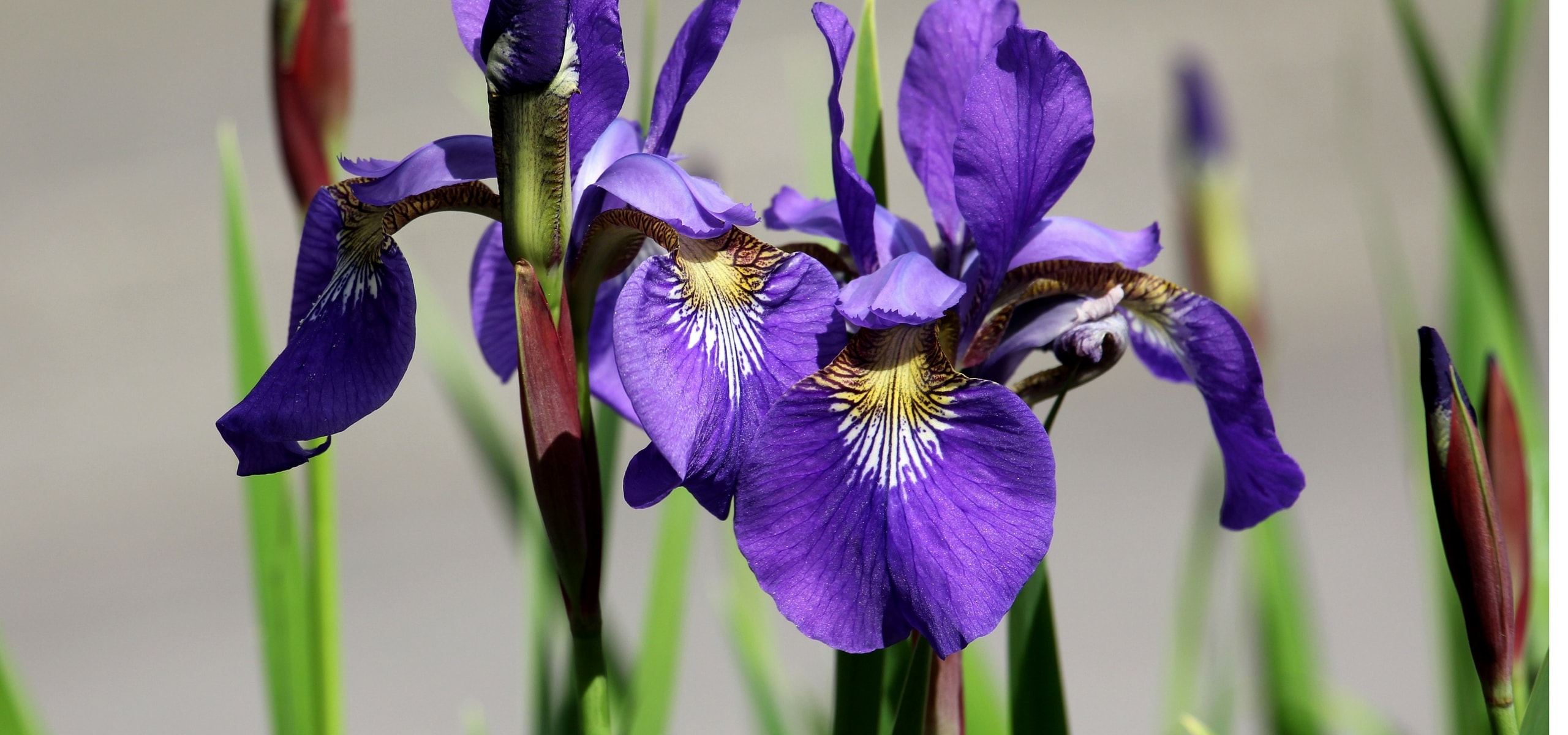
How to plant iris
Where, when, and how to install them in the garden?
Contents
Iris offer a majestic flowering in spring, showcasing an exceptional palette of colours: from black to yellow, including red and blue. The flowers take on very sophisticated shapes, each time with stunning shades. The elongated foliage adds a graphic touch to the borders. The Garden Iris, also known as Iris germanica, are the most commonly cultivated. They thrive in sunlight and well-drained soil. These are rhizomatous plants that spread easily and need to be divided every four years. You can plant them in borders, for example, pairing them with gauras or nepeta.
When to plant irises?
We recommend installing them during summer, from July to September, or even until October in a mild climate.
Read also
How to care for irises?Where to plant them?
There are many species of iris, each with its own specific requirements. For the Garden Iris (Iris germanica, the most common), a well-ventilated and sunny exposure is necessary for flowering. In the shade of other plants, it will grow but will not flower! Conversely, Iris foetidissima is suited to shady situations and will thrive in woodland.
The garden iris ideally prefers a well-drained, rich and light soil. It hates stagnant moisture, which leads to the rotting of the rootstocks! If not, mix soil with coarse river sand or gravel and plant slightly above ground level. The opposite is true for Iris ensata and sibirica, which prefer wet grounds. You can plant them at the edge of a pond, alongside Iris pseudacorus! As for Iris foetidissima, it tolerates both dry and wet soils.
You can plant your irises in beds, rockeries, or borders. The Dutch Iris (Iris hollandica) and Iris reticulata are well-suited for planting in rockeries. The iris ensata and pseudacorus are perfect for flowering along the banks of a pond, while the reticulata adapt well to pot cultivation.
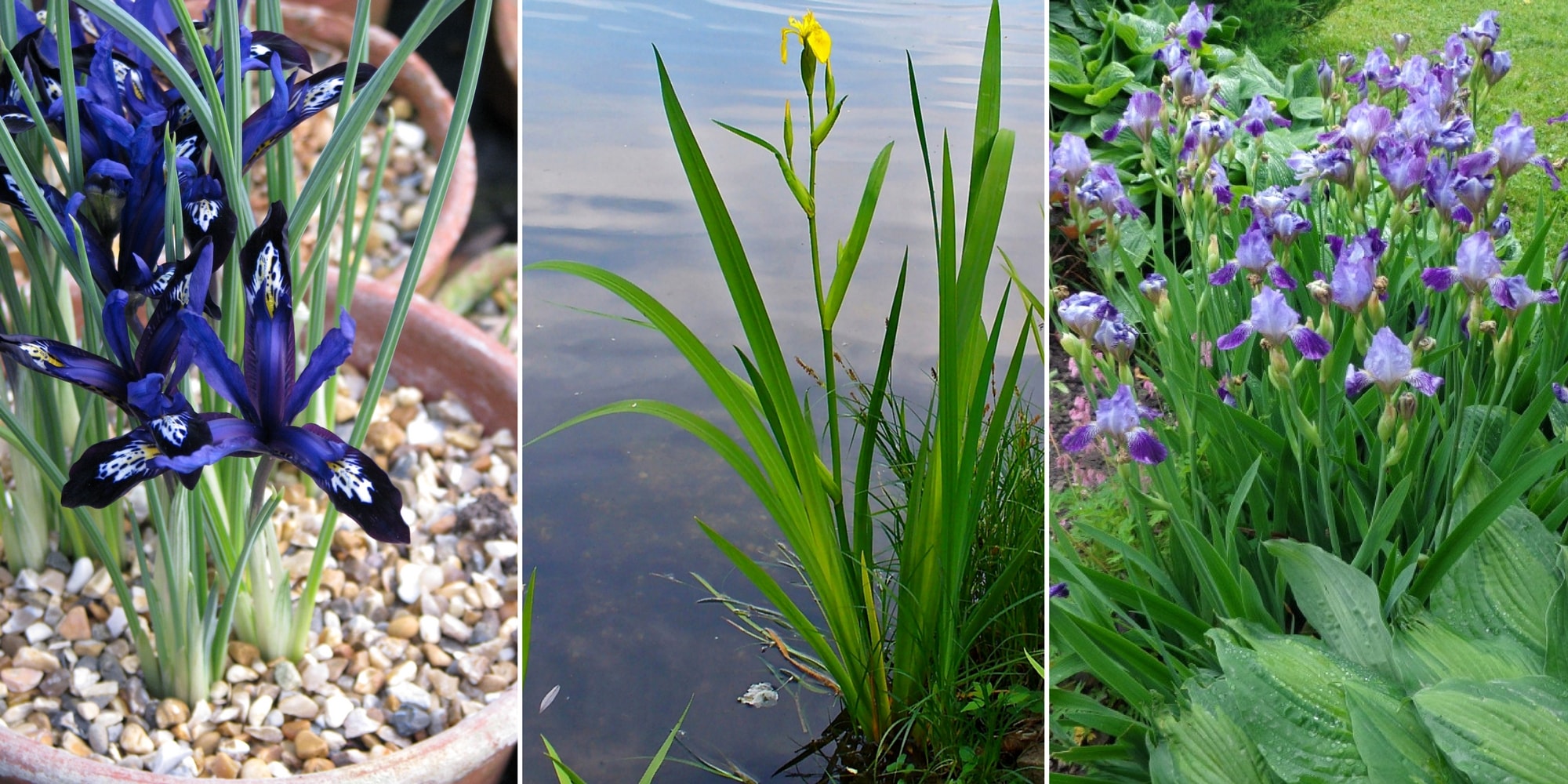
Plant Iris reticulata ‘Blue Note’ in pots, Iris pseudacorus at the edge of a pond, and Iris germanica in beds!
Discover other Iris
View all →Available in 1 sizes
Available in 1 sizes
Available in 2 sizes
Available in 2 sizes
Available in 2 sizes
Available in 1 sizes
Available in 2 sizes
Available in 1 sizes
Available in 2 sizes
Available in 2 sizes
How to plant them?
Space your irises at least 40 centimetres apart for the larger varieties, especially those with rootstocks. For the more compact ones (for example, Iris reticulata), 20 centimetres may suffice.
- Thoroughly clean the ground to remove weeds before planting your irises. If necessary, add organic matter to lighten the soil if you are growing garden iris. For abundant flowering, add a low-nitrogen organo-mineral fertiliser.
- Plant while avoiding completely burying the rootstocks: they should be just above the soil surface. They grow according to a predefined axis determined by the position of the bud: plant with the bud of each rootstock facing outwards from the future clumps.
- Replace the soil around the rootstock and gently firm it down.
- Water to ensure good contact between the soil and the roots.
Continue to water them in the following weeks. Afterwards, irises can generally do without watering, except in cases of prolonged drought.
Read also
Iris germanica: how to plant them?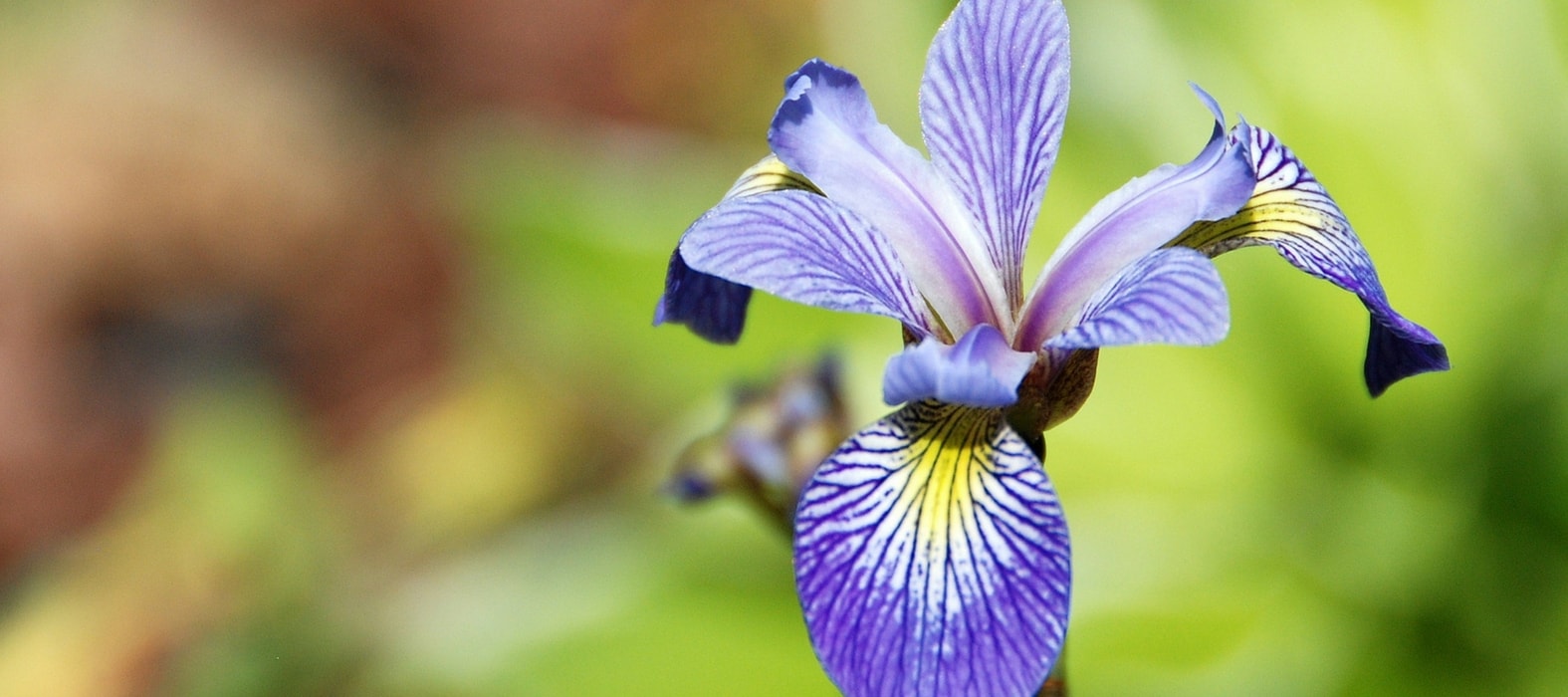
And after ... ?
Once established, irises require relatively little maintenance. Pay particular attention to excess moisture, which Iris germanica cannot tolerate. They only need watering every three weeks during summer. During the flowering period, remove faded flowers regularly for aesthetic reasons and to relieve the plant. We also recommend dividing irises every three to four years to rejuvenate the clumps.
Discover all our tips for caring for irises.
- Subscribe!
- Contents































